- 80 Maiden Ln #905D New York, NY 10038
- 145 Henry Street #1G, Brooklyn, NY 11201
- 36 west 44th street, 6th floor, New York, NY 10036
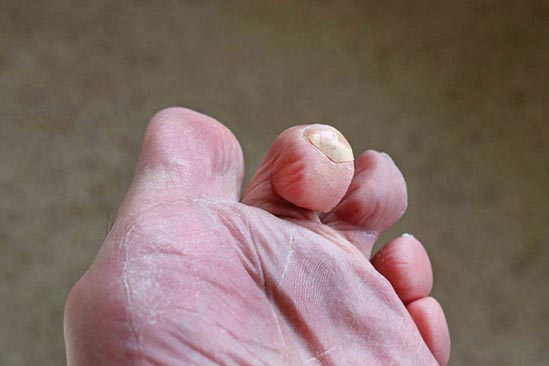
Are you beginning to see a shift in the way your toes line up or perhaps you’re past that point and have developed a significant hammertoe. You don’t have to live with the pain, discomfort, or worrying about how your feet look any more. Downtown Podiatry Physicians is the answer. If you’re looking for hammertoe treatment in New York City or the surrounding area, contact our offices today to schedule an appointment. Our top-rated hammertoe experts will work with you to find a customized solution to your hammertoes.
Hammer toe is a common term for a contracted toe, which is a deformity of the foot that typically effects the second, third, and/or fourth toes. It’s a progressive condition that involves the joints in your toes. When you have a hammertoe, your joints begin to point upward, rather than lying flat, causing the tendons to pull your toe in unnatural directions. Hammertoes can be very painful, and they can be unsightly, causing the patient to feel uncomfortable in open toed shoes or barefoot. They can also be so severe that wearing regular shoes feels impossible.
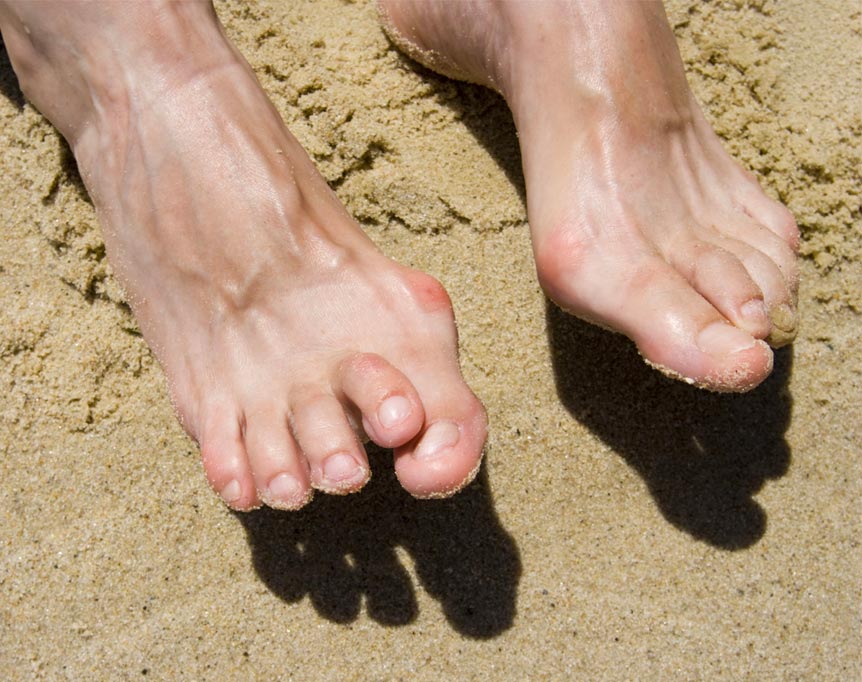
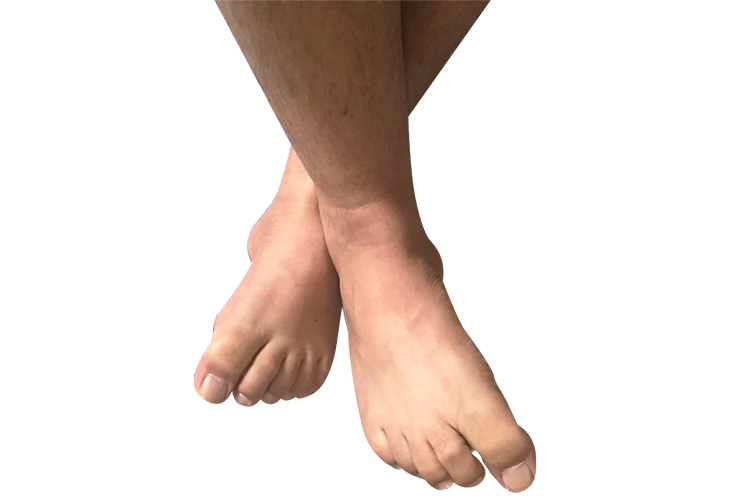
Hammertoes and mallet toes are two different conditions but it’s not uncommon for them to occur together. When a person has a hammertoe, the middle joint of the toe is affected. A mallet toe happens when the joint closest to the toenail is affected. Both joints are affected in the same way, so hammertoe and mallet toe are the same condition, they just affect different joints.
Hammertoes come in differing levels of severity, which puts them into three classifications.
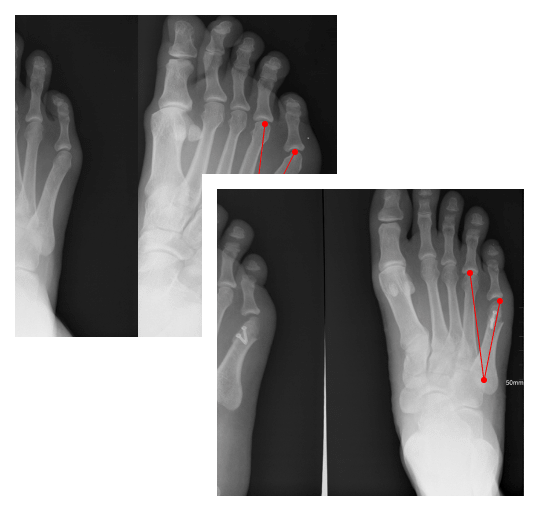
Hammertoe is easy to spot because it’s a physical deformity that changes the shape of the toe and how it lies in relation to the ground. Visual symptoms are usually the first clue that something is happening and that a hammertoe is developing. In addition to seeing physical changes in your toes, hammertoes and mallet toes can cause pain or blisters from rubbing inside of shoes and eventually those sore spots toughen up and form calluses. Look for these hammertoe symptoms:

Anyone can develop hammertoes but there are certain noted causes that can prompt their development.
There are a few factors which seem to increase your odds of developing hammertoes, unfortunately, there’s nothing you can do to remove these risk factors.
In some situations, doing foot and toe strengthening exercises can build health in the muscles and joints of the foot, which may delay the progression or development of hammertoes.
One of the biggest steps you can take, if you want to prevent the development of hammertoes or mallet toes, is wearing shoes that fit properly.
While physical therapy or foot exercises and better shoe choices can help prevent hammertoes, they’re also a big part of your treatment options. If your deformity has progressed even further and you’re in the rigid stages of hammertoe, then exercises may not be an option. In these situations, surgery is the best hammertoe treatment available.
If you suspect you might have a hammertoe or that you might simply be at risk for developing hammertoes, stop in one of our downtown New York offices to have a discussion with our staff. Our podiatrists are experts in hammertoe treatment and can help you manage your concerns if you seek early care. Some conservative hammertoe treatment options include:
Using different pads and taping toes can provide your toes the support they need to normally function and can delay progression of hammertoes.
Much like using padding and tape, a splint forces the toe into the correct position and may help slow the progression of any deformities.
Customized orthotics and shoe inserts provide support that’s designed to help your foot function in a normal fashion.
Taking over-the-counter or prescribed pain medications may be part of your treatment plan. This is not a cure nor a fix for hammertoes and other treatment will be necessary, but it will relieve some symptoms.
One effective way to relieve pain is by having cortisone or other steroid shots in the affected joints.
As mentioned previously, working on strengthening or maintaining strength in your feet can be a key aspect of foot health.
If your hammertoe is the result of diabetes, arthritis, or any other health condition, part of your treatment plan will be to address the contributing illness as well. All-over health is a critical part of having healthy feet and our doctors want you to live the healthiest life possible.
Book appointmentWhen your hammertoes have reached a stage where conservative treatment is not enough, then hammertoe surgery is the best solution. If you live in the downtown New York City area, our podiatrists are poised to give you the best surgical solution for your hammertoes with the fastest recovery time and the least amount of pain. Hammertoe surgery options include:
Rest assured, you are in the best hands possible when you trust Downtown Podiatry Physicians for your toe surgery. Dr. Aakruti Bhalja is a top-rated surgeon who has performed thousands of surgeries. She is often called upon to lecture on her advanced techniques and the superior results her patients experience.
★★★★★“Dr. Bhalja and the entire staff at Downtown Physicians are top-notch, and they seem to genuinely care about their patients and each other. Working with Dr. Bhalja has been a sincere joy. Her ability to apply her deep knowledge of podiatry with a delightful, personal touch puts her in a league of her own. She is clearly very passionate about her craft and invites you to be passionate with her, making every visit refreshingly therapeutic and educational.” – A.S
★★★★★Read all testimonialsAbsolutely loved my experience! Dr. Bhalja was very kind and listened to what I had to say. I left with more knowledge of what is going on and a treatment plan of how to improve my situation. Really happy to find such a caring and compassionate doctor! – A.P.

Dr. Aakruti Bhalja, DPM was raised in New Jersey and attended Rutgers University where she earned a bachelor’s in biological sciences, nutrition, and psychology. Dr. Bhalja then obtained her doctorate from the New York College of Podiatric Medicine. She is a Board-Certified Podiatric Foot Surgeon and is considered a top expert in her field. Her techniques are often studied by podiatry residents, and she frequently provides lectures for medical staff.
Treatment Specialties
While our doctors are key to the success of our facility and the health of our patients, having a well-appointed and modern facility is also a very important factor. Not only does it make the experience more comfortable for our patients but also supplies our doctors with the best treatment tools possible.
Our state-of-the-art podiatric facilities are in Brooklyn and Manhattan and conveniently located for residents in Downtown Brooklyn, Lower, Midtown and Upper East Side Manhattan, the East Village, Greenwich Village or Murphy Hill.
Our quality of care is considered among the finest in the country, and with the technology and expertise to back it up, our patients find the relief they are seeking. Connect with our offices today to take the first step toward foot pain relief.












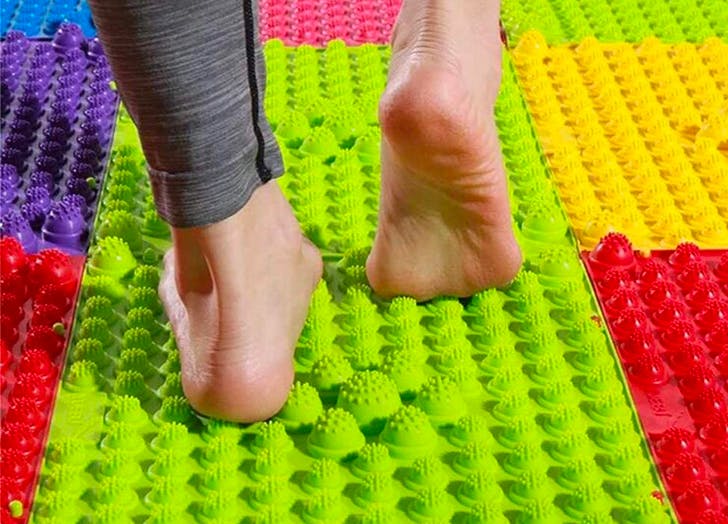 February 24, 2021
February 24, 2021
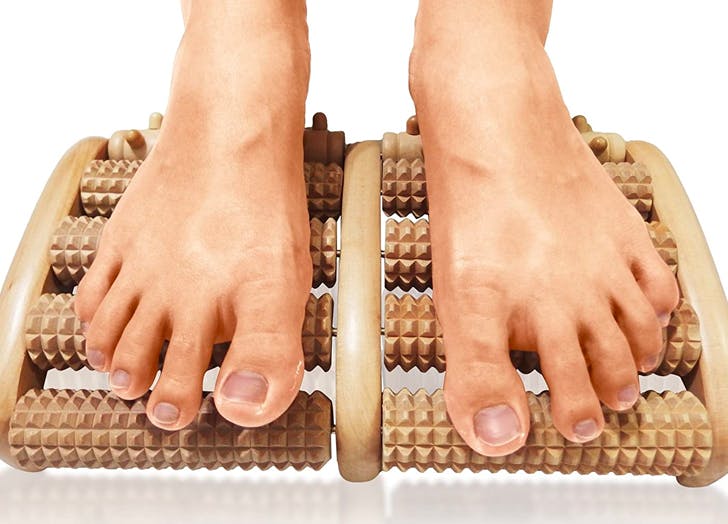 February 24, 2021
February 24, 2021
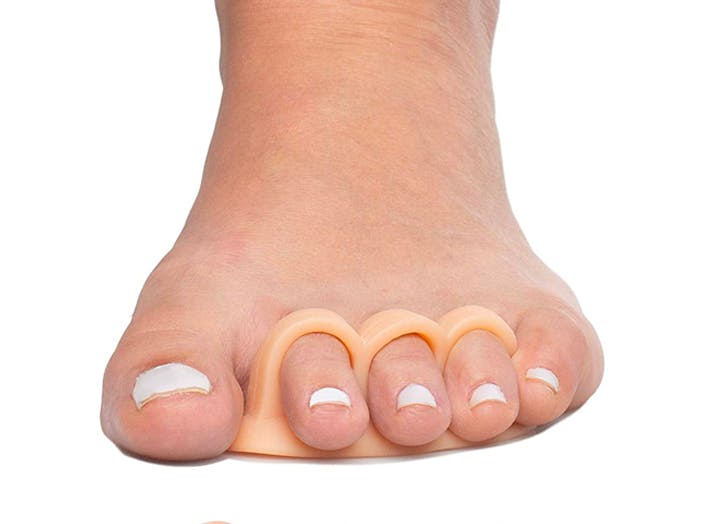 February 24, 2021
February 24, 2021